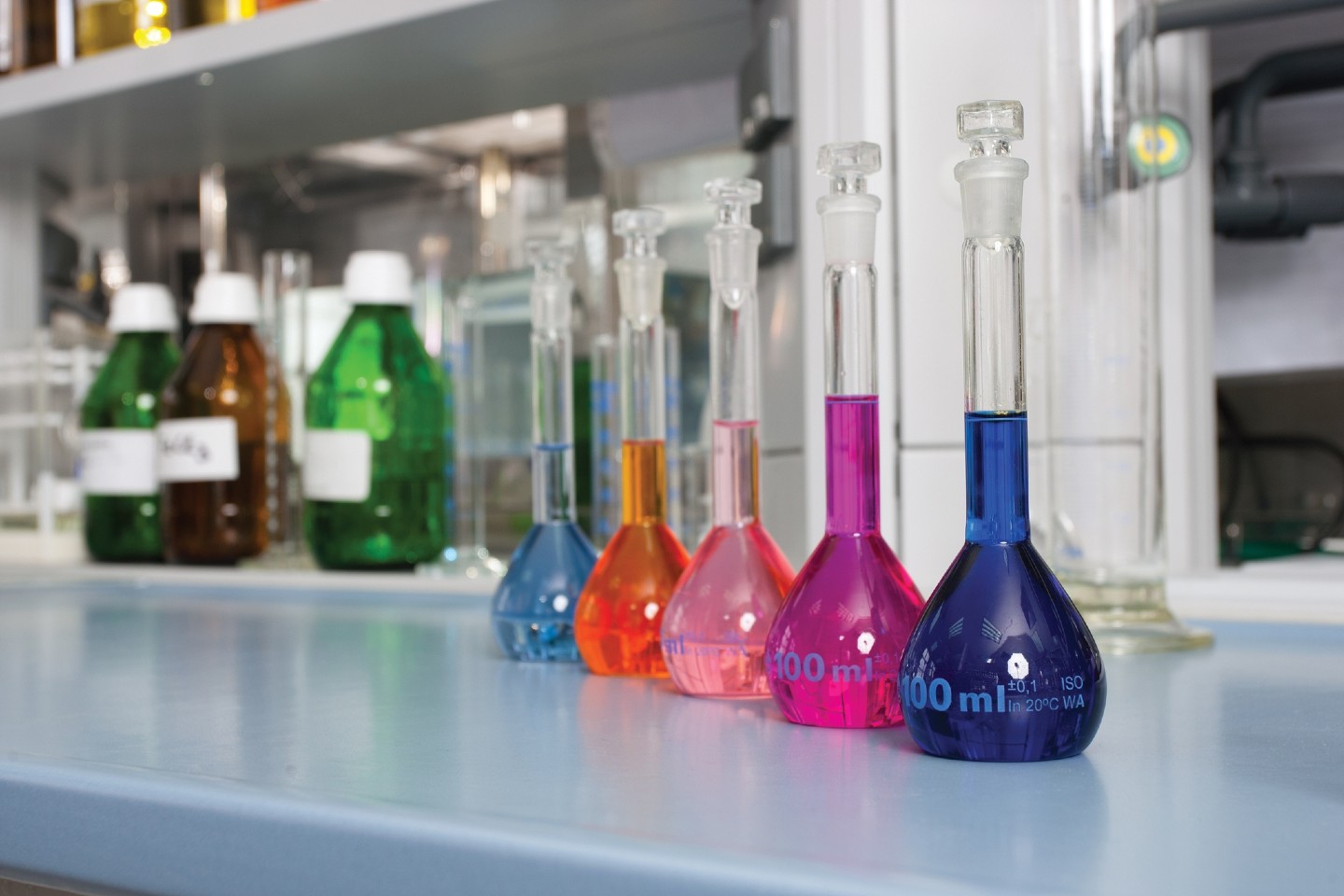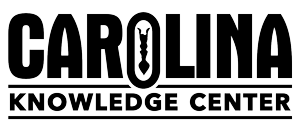Mole Day Celebration
Happy Mole Day. It’s party time! Break out the . . . the . . . the what? How do you celebrate the value of the Avogadro constant and why would you want to anyway? Keep reading and we’ll give you all kinds of ways to commemorate the big day.
As for the “why”—it’s fun for your students, and a great way to attract attention to your school’s chemistry program. (Which just might help increase the number of students taking chemistry, and wouldn’t that be great?)
The first order of the day is to explain to your students just what constitutes the unit of measure called “mole.”
What Is a Mole?
A mole is the quantity of anything with the same number of atoms found in 12.000 grams of carbon-12, expressed as 6.02 x 1023 particles. A mole of gold is 6.02 x 1023 gold atoms. A mole of smart phones is 6.02 x 1023 smart phones. A mole of smart students is . . . you’ve got it.
Get a handle on the quantity of a mole, both mass and volume, with our Mole Set. Blocks of aluminum, copper, iron, and zinc contain one mole of the respective metal ions. Masses and volumes are different, however. Ask students why as a direct application of the definition of a mole. From all this, you can see why October 23 (1023) from 6:02 am to 6:02 pm is designated Mole Day.
What Is Avogadro’s Number?
The expression 6.02 x 1023 is called Avogadro’s number, or Avogadro’s constant, in honor of Lorenzo Romano Amedeo Carlo Bernadette Avogadro di Quaregna e Cerreto, Count of Quaregna and Cerreto (and you thought the number was long). This Italian scientist lived from 1776 to 1856, during which time he published accounts of his work in molecular theory. One eventually was dubbed Avogadro’s principle. The principle states that, if exposed to the same temperature and pressure, equal volumes of all gases contain the same number of molecules. For a visual representation of one mole of gas at standard temperature and pressure (STP), check out the Carolina Mole Box, engineered as a cube with the volume of 22.4 L. After his death, the principle was used by others to develop what was named Avogadro’s number. Just how big is 6.02 x 1023? If every person living on Earth worked to count the atoms in a single mole, and if each person counted continuously at a rate of an atom per second, it would take about 4 million years to count all the atoms.
Creative Ways to Celebrate Mole Day
Now that you know what a mole is, you’ll want multiple ways to celebrate it. This is a great opportunity for your creative students to outshine your analytical students, which seldom happens with difficult chemistry concepts. Develop a project that includes opportunities for creativity. Give students a wide range of choices, allowing them to participate successfully according to their personal learning styles.
If you want to go all out, stage a play, written and performed by students. Involve all your students. Even if it is not an elaborate production, you can assign jobs to students who don’t always participate in class. If a student moves a desk and chair to the front of the room for the “production,” call the furniture mover a “stage designer.” If another drapes a sheet over an actor’s shoulders to create a cape, call the draper a “costume designer” or “wardrobe manager.”
Make it fun. Not only can you use writers and actors, but costume designers and makers, prop handlers, lighting experts, set designers and builders, makeup artists, stage managers, songwriters, musicians, etc. (You might consider involving other classes at your school, such as drama, art, and music, to expose new students to the joys of chemistry.)
Mole Day Projects
You can do plenty of other things, too. After you look over the following list of suggestions for more Mole Day activities, we have a hunch you’ll come up with even better ideas!
- Research Amedeo Avogadro, and include pertinent information such as when and where he lived. Create the front page for a newspaper of that day and locale (research that, too, for an actual newspaper in his home country). Include an article detailing his accomplishments and other articles covering issues and information (political, social, etc.) of his era and region. (Avogadro was very involved in the politics of his day.)
- Dress as a “mole,” any kind of mole (the animal, the spy, the skin, the skin condition, the Mexican sauce, etc.).
- Make mole buttons. (Button-making kits are available at most craft stores.) Require students who choose this activity to make several of the same design, then exchange designs with other students, and of course, give 1 to the teacher. All students can wear them throughout Mole Day.
- Create a poster, banner, etc., illustrating with something familiar the actual size of the number, 6.02 x 1023.
- Concoct edible goodies such as Avogadro dip and bake mole (not using the animal as an ingredient, yuck!) cakes, cookies, cupcakes, brownies, etc. Some clever cook might create a recipe, using 1 mole of flour, sugar, chocolate, etc.
- Design or buy a mole T-shirt. There are many possibilities here, from the animal to the sauce.
- Make posters and hang them in hallways around school inviting everyone to celebrate. (Students who do this project need to turn it in early.)
- Build a mole home, as for the animal, using a mole (22.4 L of gas)-sized container.
- Calculate in grams a mole of several substances and display them for comparison. See Carolina’s Mole Set as an example.
- Compose poems, stories, or songs, and don’t forget the mole jokes. There is a lot of mole humor online; make sure to take a look.
- Draw and illustrate a cartoon of a mole.
- Create or buy a mole hand puppet or stuffed animal and make it your companion for the day.
Have Fun!
What a great way to call attention to your outstanding chemistry program, put a little glee into your students’ day, and reinforce the main theme that runs throughout your chemistry course. For more information and resources on Mole Day, visit the National Mole Day Foundation’s website, www.moleday.org.
Adapted from an article written by Susan Godfrey, a Carolina Teaching Partner
Resources
Raymond E. Davis, H. Clark Metcalfe, John E. Williams, Joseph F. Castka, Seth Madej, Jim Metzner, & Jay A. Young, Holt Modern Chemistry (Holt, Rinehart & Winston, 2002), page 81.

Physical Science Math Review: Techniques, Formulae, and Constants
Having good math skills is important and necessary for students to be successful in physical science courses. As a course

Let’s Do S’more Chemistry!
Introduction This laboratory activity explores the topics of stoichiometry and limiting reactants in a fun, delicious way! Mass/mole relationships and

Molarity, Molality, or Normality? (A Quick Review)
Looking for a way to reinforce your students’ understanding of these concepts? Try this quick review. Molarity and Molality Molarity




